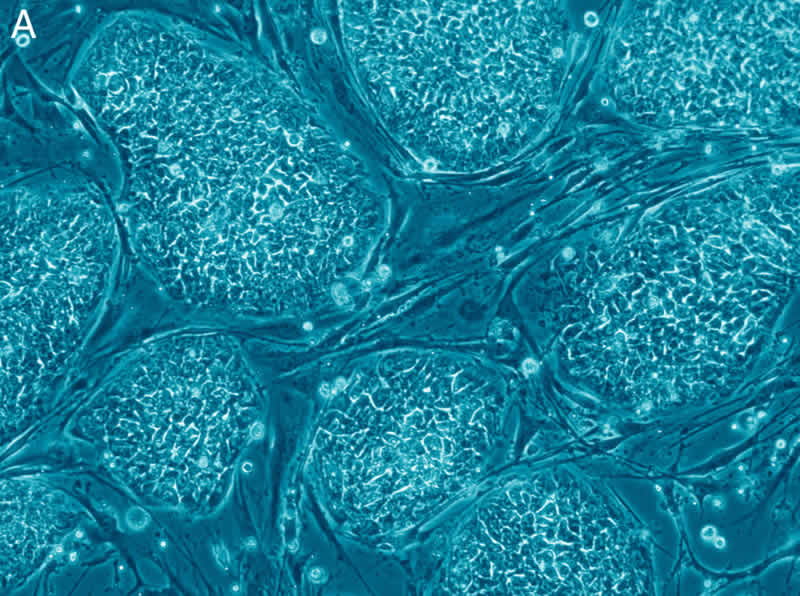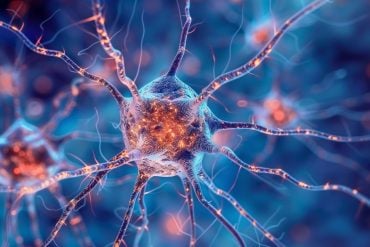Insights into how brain cells are produced could lead to treatments for brain cancer and other brain-related disorders.
Scientists have gained new understanding of the role played by a key molecule that controls how and when nerve and brain cells are formed – a process that allows the brain to develop and keeps it healthy.
Their findings could help explain what happens when cell production goes out of control, which is a fundamental characteristic of many diseases including cancer.
Regulatory systems
Researchers have focused on a RNA molecule, known as miR-9, which is linked to the development of brain cells, known as neurons and glial cells.
They have shown that a protein called Lin28a regulates the production of miR-9, which in turn controls the genes involved in brain cell development and function.

Scientists carried out lab studies of embryonic cells, which can develop into neurons, to determine how Lin28a controls the amount of miR-9 that is produced.
Complex pathways
They found that in embryonic cells, Lin28a prevents production of miR-9 by triggering the degradation of its precursor molecule.
In developed brain cells, Lin28a is no longer produced, which enables miR-9 to accumulate and function.
In cancer cells, Lin28a production is re-established, and as a result this natural process is disrupted.
Lab experiments
Researchers used a series of lab tests to unravel the complex processes that are directed by the Lin28a protein.
They say further studies could help explain fully the role of Lin28a and miR-9 in brain development, and pave the way to the development of novel therapies.
The study, published in Nature Communications, was supported by the Wellcome Trust and the Medical Research Council.
Contact: Gracjan Michlewski – University of Edinburgh
Source: University of Edinburgh press release
Image Source: The image is credited to Nissim Benvenisty and is licensed Creative Commons Attribution 2.5 Generic
Original Research: Full open access research for “Lin28a regulates neuronal differentiation and controls miR-9 production” by Jakub S. Nowak, Nila Roy Choudhury, Flavia de Lima Alves, Juri Rappsilber and Gracjan Michlewski in Nature Communications. Published online April 11 2014 doi:10.1038/ncomms4687
Lin28a regulates neuronal differentiation and controls miR-9 production
microRNAs shape the identity and function of cells by regulating gene expression. It is known that brain-specific miR-9 is controlled transcriptionally; however, it is unknown whether post-transcriptional processes contribute to establishing its levels. Here we show that miR-9 is regulated transcriptionally and post-transcriptionally during neuronal differentiation of the embryonic carcinoma cell line P19. We demonstrate that miR-9 is more efficiently processed in differentiated than in undifferentiated cells. We reveal that Lin28a affects miR-9 by inducing the degradation of its precursor through a uridylation-independent mechanism. Furthermore, we show that constitutively expressed untagged but not GFP-tagged Lin28a decreases differentiation capacity of P19 cells, which coincides with reduced miR-9 levels. Finally, using an inducible system we demonstrate that Lin28a can also reduce miR-9 levels in differentiated P19 cells. Together, our results shed light on the role of Lin28a in neuronal differentiation and increase our understanding of the mechanisms regulating the level of brain-specific microRNAs.
“Lin28a regulates neuronal differentiation and controls miR-9 production” by Jakub S. Nowak, Nila Roy Choudhury, Flavia de Lima Alves, Juri Rappsilber and Gracjan Michlewski in Nature Communications April 11 2014 doi:10.1038/ncomms4687.






